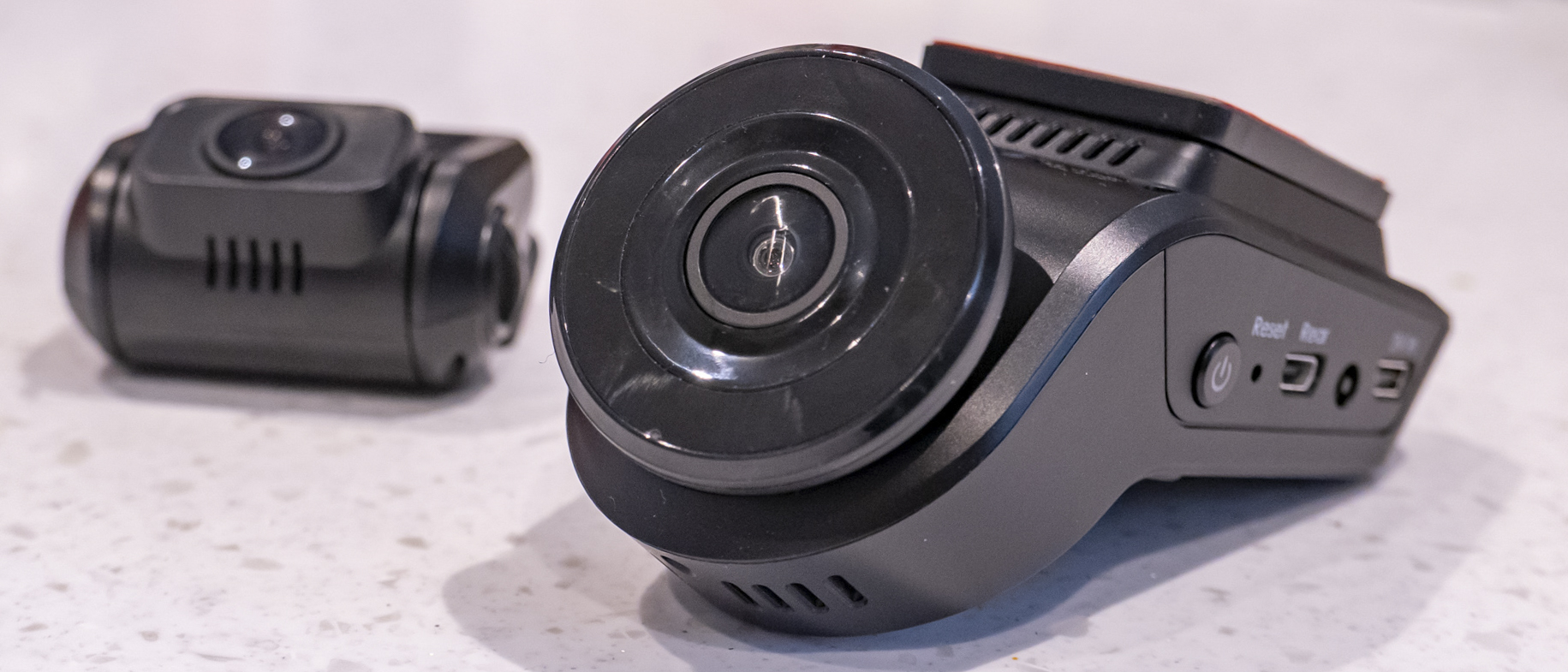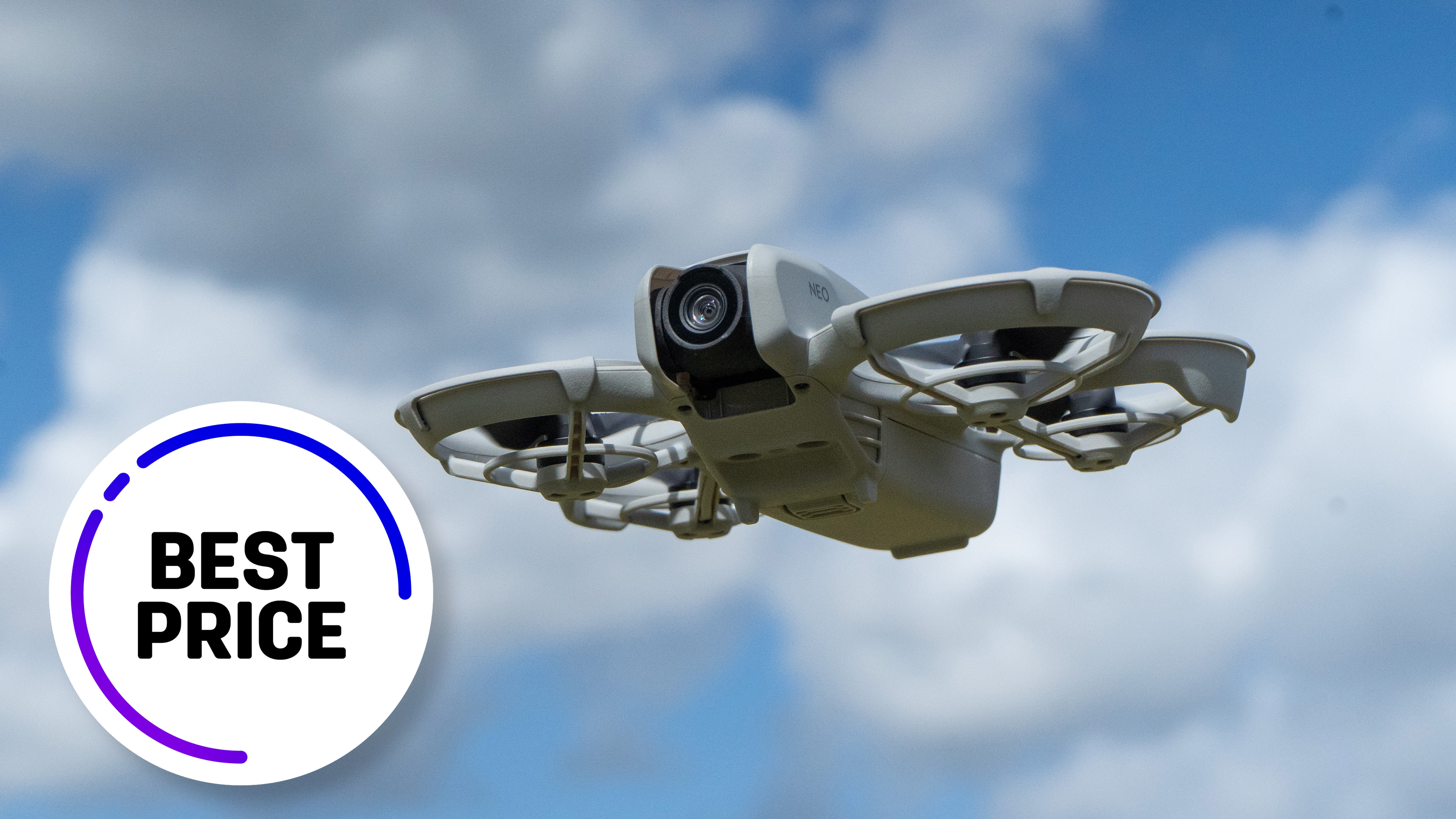Digital Camera World Verdict
A front-and-rear dash cam system that does away with distractions like smartphone apps, Bluetooth and driver assistance functions, and has a pair of wide lenses for a good view of the road ahead and behind. But it is larger than it needs to be, lacks the premium feel of some rivals, and the video quality isn’t as sharp as it could be.
Pros
- +
Integrated GPS
- +
Rear camera included
- +
Wide lenses
Cons
- -
Aged design
- -
Average video quality
- -
Misleading 4K and HDR advertising
Why you can trust Digital Camera World
The OnDash S1 is a dual-camera system from Chinese company Vantrue. It isn’t the smallest dash cam around, and the design feels like it might have come from a previous decade. But it records in Full HD, through a very wide 170-degree lens in the case of the front-facing camera, and doesn’t distract with often-superfluous features like driver assistance and a smartphone app.
The kit includes the front-facing camera, which acts as the main unit and has a slot for a microSD card, along with a long mini USB cable for attaching the far more compact rear-facing camera.
Vantrue S1: Specifications
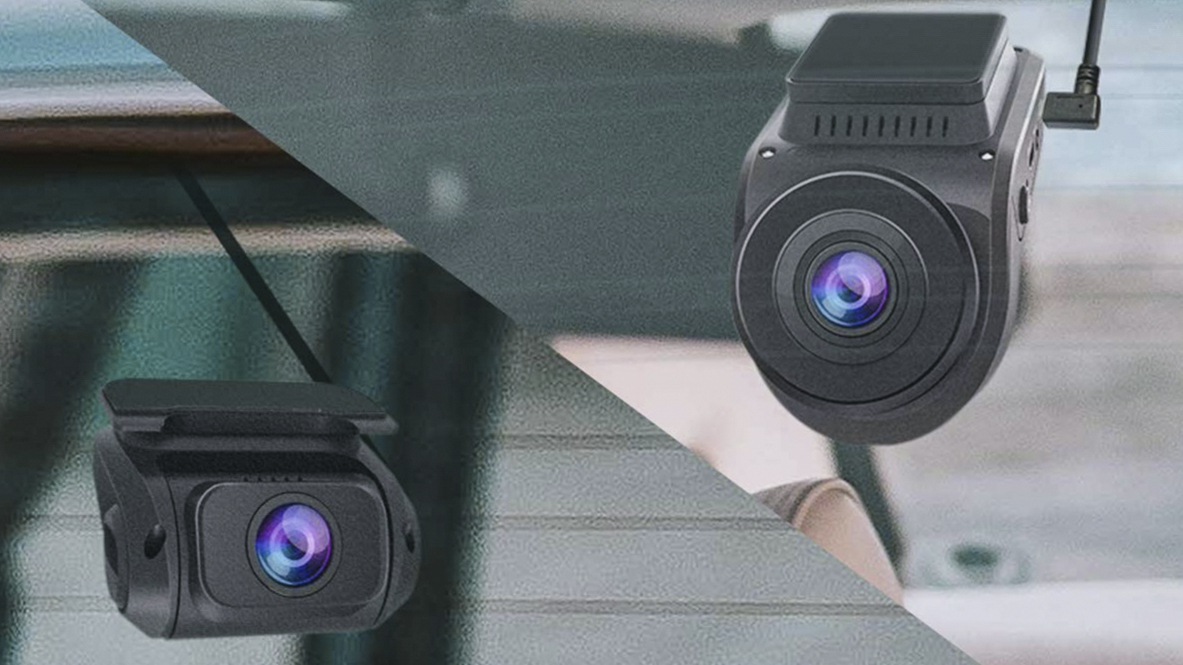
Resolution: 1920 x 1080
HDR: No
Field of view: 170-degree front, 160-degree rear
Display: 2.0in
Battery: No, supercapacitor
Voice control: No
Key features
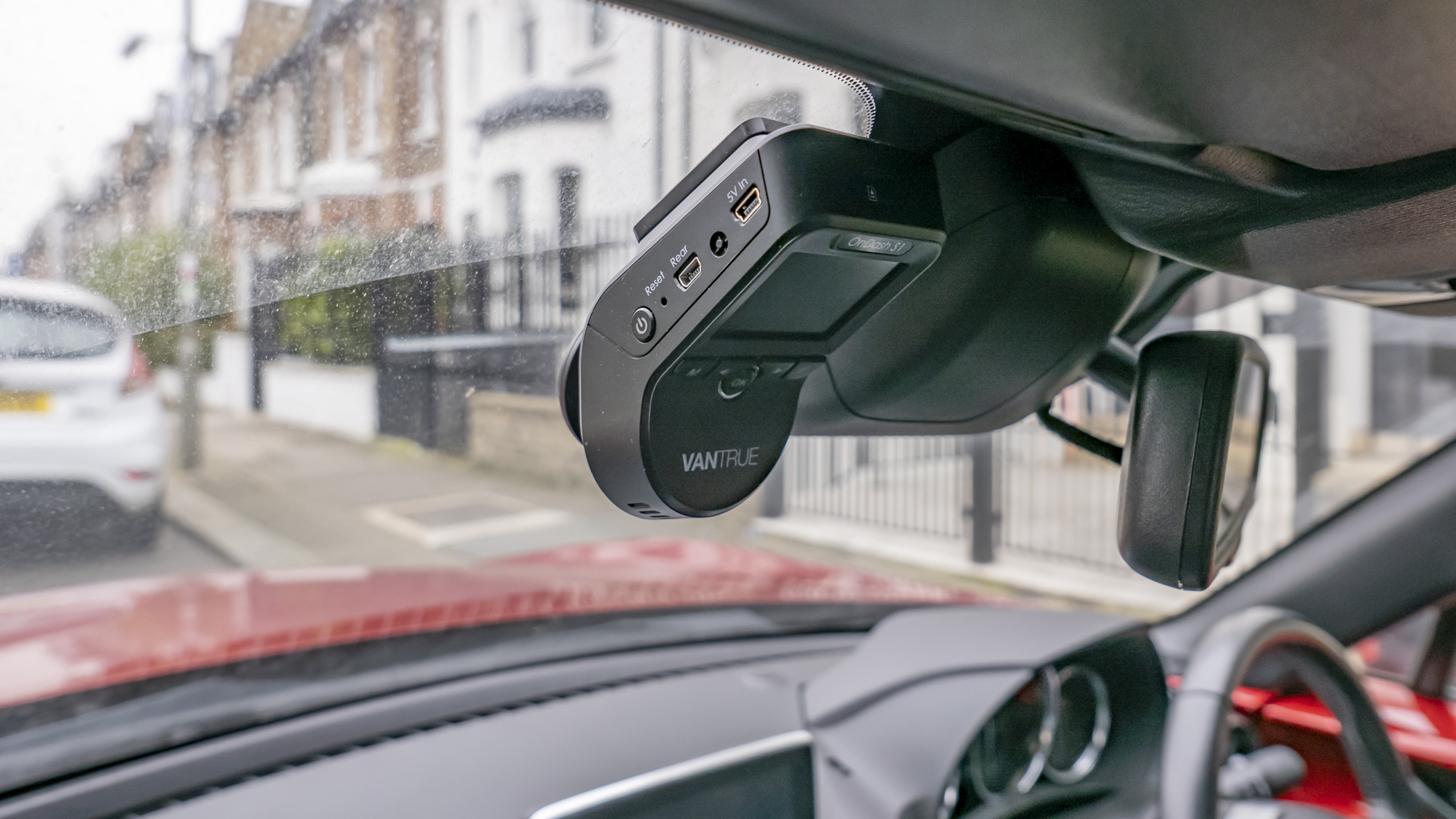
The main feature here is that this is that this is a front and rear dashcam, so there are two cameras in the kit. The first attaches to the windscreen with an adhesive pad, which can easily be removed from the camera should you want to swap it between vehicles. The rear camera connects via a long USB cable and also uses an adhesive pad, but this doesn’t detach from the camera.
There is a small display on the rear of the front-facing camera, for navigating the menu system and viewing recorded video.
Built-in GPS is a stand-out feature for a dash cam at this price point, and instead of a battery the Vantrue S1 has a supercapacitor, ensuring enough power is available to safely stop recording and save footage each time the car is turned off.
Parking mode is available with the use of a hardwiring kit sold separately.
Build and handling
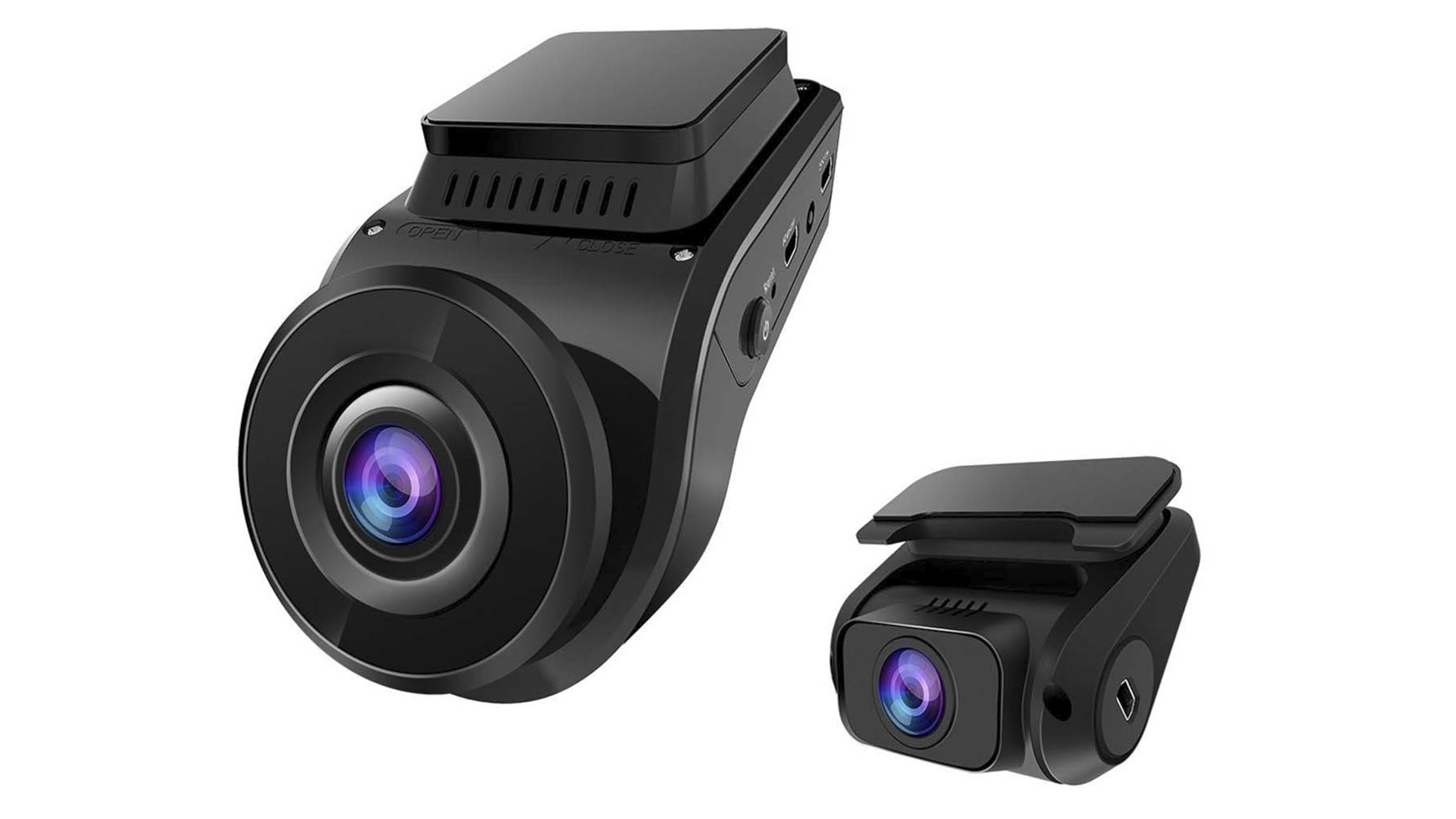
Both cameras can be adjusted to get the right angle, however while the rear camera rotates through more than 180 degrees, there isn’t much movement for the front camera. This could be a problem in vehicles with more upright windscreens.
Build quality feels a little on the cheap size, especially when it comes to the display and buttons, which click loudly and lack the quality of some other (admittedly more expensive) dash cams. The use of mini USB also serves to date the dash cam somewhat, when microUSB has been the norm elsewhere for quite some time now.
All that said, once the dash cam is fitted to your car it doesn’t matter too much what it looks or feels like. As with all others, the Vantrue quietly gets on with its job, albeit while taking up more space than most others.
A 12V plug for powering from a car’s lighter socket is included, but doesn’t have the handy USB ports usually seen on rivals’ plugs.
Performance
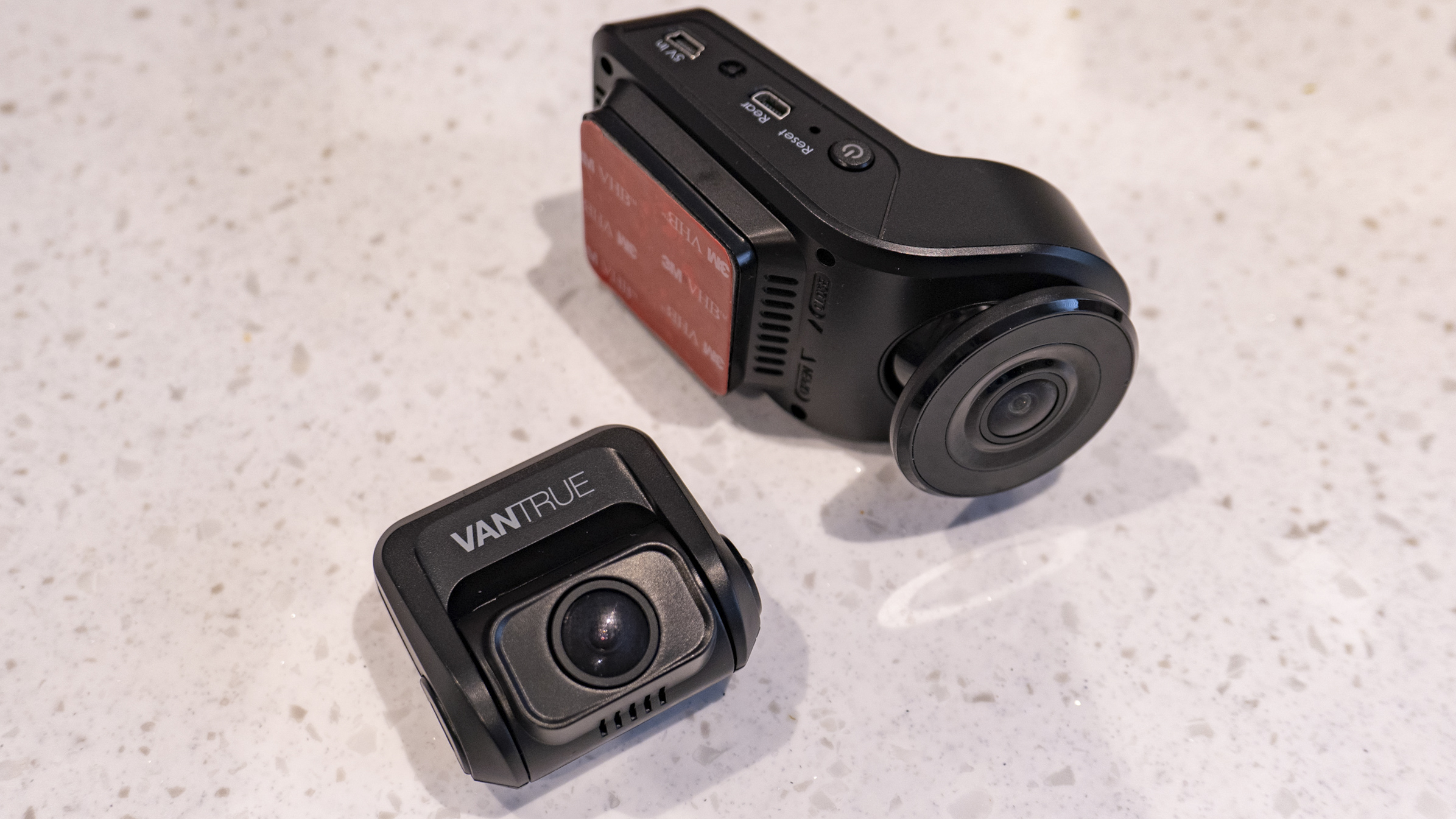
The S1 is quick and easy to set up, thanks to there being no smartphone application to deal with first. Vantrue takes things back to basics with this dash cam, in that there’s no Bluetooth or Wi-Fi, and no voice control system or driver assistance features either. Instead, simply slot a microSD card in (not included), fix the cameras into place and switch the system on.
The menu can be used to change the sensitivity of the g-sensor, to prevent it triggering too easily. Vantrue advertises the S1 as being a 4K dash cam, but this resolution is only possible when using the front camera alone; connect the rear camera and both are restricted to 1080p Full HD.
Vantrue also claims the camera uses “superior HDR” but then says this stands for “high-density recording”, not the industry-standard High Dynamic Range. In any case, the footage produced isn’t the best we have seen from a dash cam. There’s a lack of sharpness and clarity that could be a problem if you need to spot key details like vehicle registration plates and street signs in recorded footage.
In better news, the lenses are among the widest we’ve seen on a dash cam. The front is 170 degrees and the rear is 160 degrees, both a fair bit wider than the usual 140 degrees we usually see on dash cams of this price. There’s also that welcome inclusion of GPS, which adds your current speed to video recordings.
Vantrue S1: Verdict
At $180 / £160, the Vantrue S1 isn’t too badly priced for a front-and-rear dash cam system. Some customers will applaud the lack of a smartphone application and superfluous driver assistance systems. But we wish the video was of higher quality, and the design could feel a little more premium than it does.
Read more guides:
Best dash cams
Best front and rear dash cams
Best Uber dash cams
The Best camera phones today
Best indoor security cameras
Best outdoor security cameras
The 10 best action cameras
The best helmet cameras
Best backup camera
Alistair has been a journalist since 2011 and used to be Deputy Technology Editor at IBTimes in London. His specialist tech subjects include smart home gadgets, phones, wearables, tablets and dashcams. He is the host of The AutoChat Podcast.
